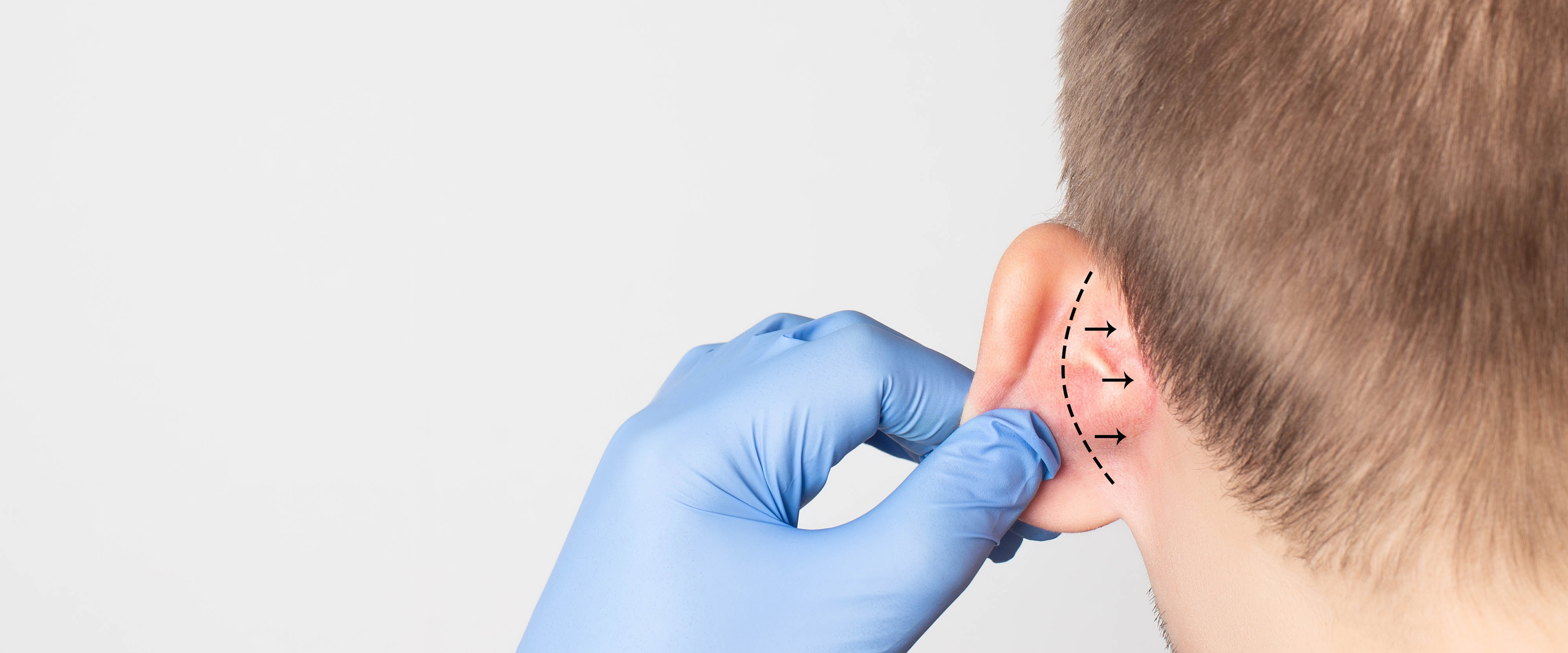Otoplasty, also known as ear surgery, is a surgical and non-surgical procedure for reconstructing a defective, deformed, or absent external ear, due to congenital conditions and trauma. Learn more about otoplasty at Sierra Nevada ENT by scheduling a consultation with our office today.
What is an Otoplasty?
Otoplasty is a surgical correction of an ear deformity, including ears without folds, too large ears, ears that protrude excessively, and torn ear lobes. Ear surgery improves the shape, position and proportion of the ear, and brings balance and proportion to the ears and face. At Sierra Nevada ENT, we help our patients realize their aesthetic goals and understand every aspect of otoplasty. Visit one of our three locations to consult with an ear surgeon.
Who is a Good Candidate?
Good candidates for ear surgery are those who are in good health, do not have any life-threatening medical conditions, and who do not smoke. Children, teenagers and adults can benefit from ear surgery. We recommend children over the age of 5 for otoplasty as this is when the cartilage is stable enough for correction. To see if you’re a good candidate for ear surgery, contact us today to schedule a consultation.
What is the Procedure?
The way otoplasty is performed varies from patient to patient based on their unique corrections. This surgery requires local anesthesia with sedation or general anesthesia. If the goal is to correct protruding ears, incisions are made on the inner parts of the ear to create or increase the antihelical fold and reduce excess cartilage. Incisions are commonly made on the backs of the ears to reduce the appearance of protruding ears. If incisions are necessary on the fronts of the ears, they are made within the ears’ folds to hide them. After the desired shape has been achieved, all incisions are closed with either internal or external stitches. The procedure usually takes about two hours and offers almost immediate results in cases of protruding ears.
How Long is Recovery?
Following the procedure, your ears will be covered with bandages for protection and support. Discomfort and itching immediately after the surgery is normal and can be controlled with pain medication.
Be sure to follow your surgeon’s specific instructions on how to take care of your ears following surgery and keep pressure off of your ears. A few days after otoplasty, your bandages will be removed. A loose headband that covers your ears may need to be worn at night for two to six weeks following bandage removal. This helps keep you from pulling your ears forward when rolling over in bed.
Stitches may need to be removed a few weeks after the procedure or dissolve on their own depending on what type was used.
Visit one of our locations today.
